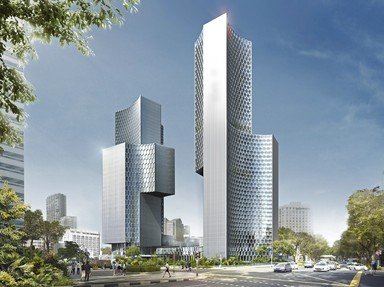
Bricks and Mortar Trivia Quiz
Architecture
These are some landmark buildings and their outstanding creators that I encountered in my forty years as an architect. Structures and people have left their mark in the history of architecture.
A matching quiz
by tiye.
Estimated time: 3 mins.